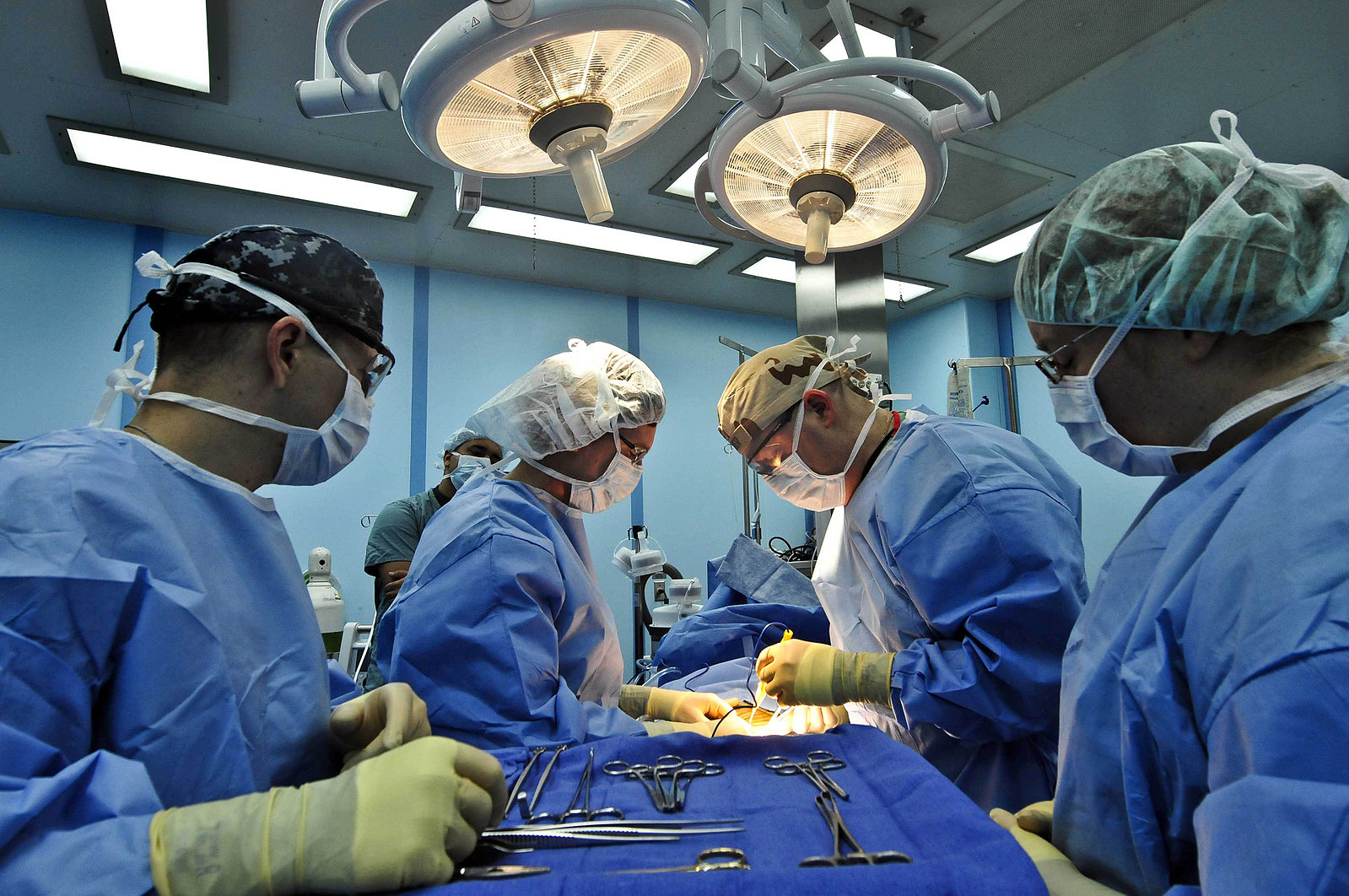There isn’t another profession with a salary track quite like practicing medicine. Four years of medical school leave newly-minted doctors with an average of $167,000 in debt. Beginning one’s professional career with debt that could take decades to pay off seems inauspicious. To attend medical school for four years also supersedes four years during which graduates would otherwise be working — assuming an average entry salary with a bachelor’s degree in biology, those four years of medical school amount to more than $200,000 in forfeited earnings. Subsequently, medical school graduates embark on a four-year residency during which they work up to 80-hour weeks for a relative pittance (average salary: $50,000 per year). And then, a miracle: after four years of medical school, four years of residency, and presumably countless headaches, a doctor’s salary quadruples.
According to Medscape, pediatricians in 2016 make an average of $204,000 per year — the lowest of any medical specialty. At the top of the totem pole sit orthopedic surgeons, with a $443,000 annual salary. That’s comparable, for those keeping track at home, to the salary of University of Maryland President Wallace Loh. Remember that medical school debt? With interest having accrued, it’s estimated that the average physician is almost half a million dollars in the hole by their early 30s. Maybe, then, it’s necessary for doctors to hit such a windfall following residency. Maybe a doctor’s top-tier salary is a kickback for years of the scrounging during training. But perhaps it doesn’t need to be that way.
The Baylor College of Medicine, a top-20 school, ascribes to a somewhat different model of medical education. For starters, both in-state and out-of-state tuition check in among the lowest in the nation ($17,000 and $31,000 annually, respectively). Some 72 percent of students receive financial aid, and average graduate indebtedness ranks with the lowest nationwide. Perhaps most interesting, tuition hasn’t increased since 2000. With inflation (estimated at some 25 percent since 2000), that means that attending medical school at Baylor is getting relatively cheaper over the years. While by no means a walk in the park, affordability is paramount, at least for medical school.
Philosophically, medicine is (and has always been) about far more than money. It is, first and foremost, a service profession. Those who embark upon the process of becoming a doctor are overwhelmingly motivated by a want to help others and a commitment to serve. The associated costs seem to fly counter to the ideological basis for becoming a doctor in the first place. High doctor salaries themselves might not be so necessary were the costs of education not so high. Lowering the barriers to entry into medicine by reducing debt, and perhaps smoothing salaries across the board (upping resident pay, toning down doctor pay) would help showcase those entering the field for the “right reasons.” Baylor seems to have the right idea and should be lauded.
Jack Siglin is a senior physiology and neurobiology major. He can be reached at jsiglindbk@gmail.com.



